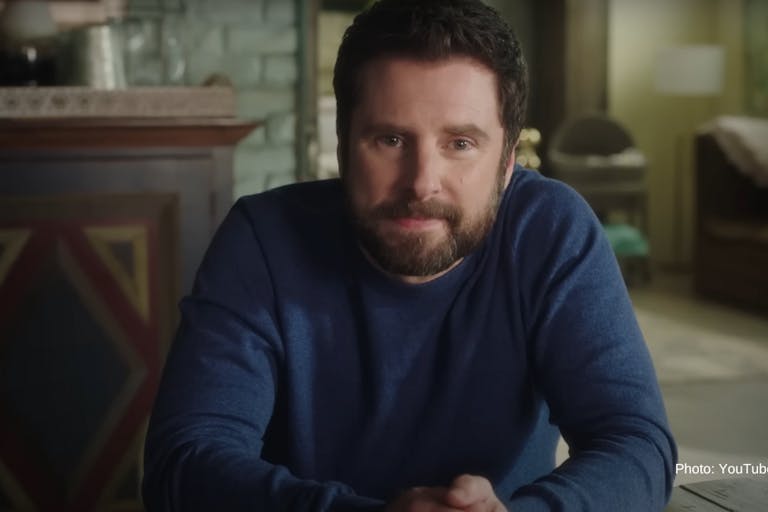
Report: Kansas abortions hit record high with 47% increase in minors
Nancy Flanders
·
‘A Million Little Things’ finale features a main character undergoing assisted suicide
The ABC series “A Million Little Things” had its series finale this week, and it ended with a main character undergoing assisted suicide.
The show features a tight-knit group of friends who, at the beginning of the series, were horrified when one of the members of their group committed suicide. Two of the characters in the show, Gary and Maggie, are in a relationship and are both breast cancer survivors. Unfortunately for Gary, however, his cancer returns as lung cancer.
Rather than promoting hospice and palliative care, the showrunners decided to promote assisted death.
Gary is portrayed as having lost any semblance of quality of life, being confined to a hospital bed and no longer able to speak. His friends and wife, however, remain devoted to caring for him. In a flashback, Gary is shown asking his friends for help to end it.
“Guys, I’m serious,” he said. “If by some chance things go south, I do not want to be stuck in some hospital bed in pain, crapping myself and wasting away into nothing. So, if we get to that point — which we won’t — I need you to go see Kevin, okay? He’ll know why you’re there.”

Kevin is a nurse who — seemingly illegally — dispenses fatal drugs to help people commit suicide. Though Gary’s friends protested, he insisted. “I cannot let Maggie watch me suffer and die from the same disease that she has battled twice,” Gary said. “It’s called death with dignity and that’s all I want.”
It’s interesting to note the juxtaposition within the series, which both opened and closed with suicide.
While the first suicide was depicted as it should have been — a horrific tragedy — the second suicide was depicted as acceptable and even good because Gary was ill. The show went as far as to have a child pushing for Gary to die, saying, “As difficult as it is, it’s the most humane thing we can do.” It’s an example of clear discrimination against individuals with illnesses, whose suicides are deemed courageous, while the suicide of a ‘healthy’ individual is deemed a tragedy.
Ultimately, Maggie made Gary a drink with the fatal drugs in it, and he drank it after having final goodbyes with all of his friends.
Assisted suicide and euthanasia have increasingly become popular, with one propaganda campaign even proclaiming it as “beautiful and natural.” Yet there is nothing beautiful or natural about suicide, and despite what pop culture portrays, most people do not undergo assisted suicide because they want to avoid a painful death. Statistics have repeatedly found the vast majority of people choose assisted suicide due to fears of losing autonomy and not being able to enjoy the same activities as before.
Furthermore, the drugs that cause assisted suicide are known to be painful, though that suffering goes undetected because the victim is given a paralytic first. As one expert, Dr. Joel Zivot, explained, the person may actually “end up drowning.”
It’s discriminatory for a show to begin with a tragic suicide to then, in five years time, do a complete 180 to depict suicide as a good thing. It’s likely this exact mindset — that suicide can, in some circumstances, be good — may contribute to the increase in overall suicides that occur in countries in which physician-assisted death is legal.
Live Action News is pro-life news and commentary from a pro-life perspective.
Contact editor@liveaction.org for questions, corrections, or if you are seeking permission to reprint any Live Action News content.
Guest Articles: To submit a guest article to Live Action News, email editor@liveaction.org with an attached Word document of 800-1000 words. Please also attach any photos relevant to your submission if applicable. If your submission is accepted for publication, you will be notified within three weeks. Guest articles are not compensated (see our Open License Agreement). Thank you for your interest in Live Action News!

Nancy Flanders
·
Politics
Nancy Flanders
·
Human Interest
Nancy Flanders
·
International
Angeline Tan
·
Human Interest
Isabella Childs
·
Human Interest
Bridget Sielicki
·
Pop Culture
Cassy Cooke
·
International
Cassy Cooke
·
Analysis
Cassy Cooke
·
Analysis
Cassy Cooke
·
International
Cassy Cooke
·